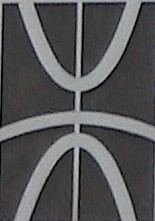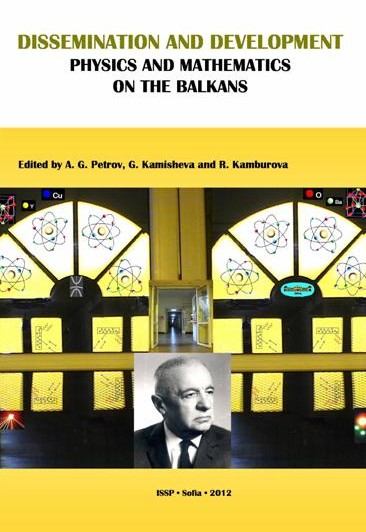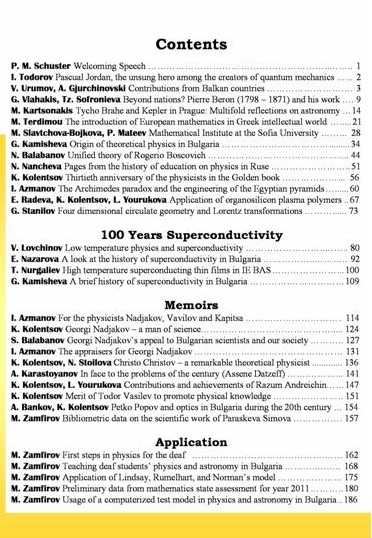|
|
|

|

|
|
Timur Nurgaliev
Institute of Electronics, Bulgarian Academy of Sciences
72 Tzarigradsko Chaussee Blvd., 1784 Sofia, Bulgaria
In April 1986 Karl Alexander Muller and Johannes Georg Bednorz discovered that a ceramic compound of lanthanum, barium, copper and oxygen (La2-xBaxCuO4) became superconducting at 35 K.
In January 1987 two groups independently reported critical temperature well above the temperature of liquid nitrogen (77 K) in the ceramic compound YBa2Cu3O7-x (YBCO).
These ceramics were specified as High Temperature Superconductors (HTS).
In Bulgaria the works on the obtaining and investigation of High Temperature Superconducting materials started almost immediately after the discovering of the high temperature superconductivity phenomenon in 1986.
In particular, bulk High Temperature Superconducting ceramic materials were prepared in the Institute of Solid State Physics BAS, in Sofia University "Kliment Oxridski", in the Institute of Electronics BAS etc.
Thin films of two High Temperature Superconducting materials (YBa2Cu3O7-x and Bi2Sr2Ca2C3Ox) were prepared by RF magnetron sputtering in Institute of Electronics BAS in 1988.
In 1989 the "Superconductivity and cryoelectronics" laboratory was created for the further developing of the superconductivity topic in the Institute of Electronics.
The paper describes some stages of the development of the investigations of High Temperature Superconducting thin films in the "Superconductivity and cryoelectronics" laboratory.
Keywords: HTS thin films, YBCO, BSCCO, magnetron sputtering


Bulgarian Academy of Sciences
72 Tsarigradsko chaussee blvd.
BG-1784 Sofia, Bulgaria
Phone: +359 (0)2 979 58 31; GSM +359 (0)899 75 05 90
Fax: +359 (0)2 975 36 32
E-mail: gkamish@issp.bas.bg
Skype: physmuseum
Created: 3 October 2011
Updated: 21 October 2015